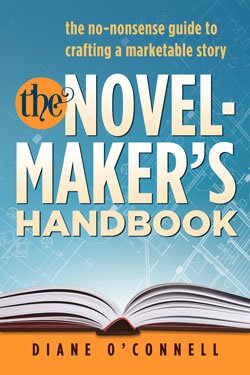In my work critiquing manuscripts, one of the biggest mistakes I see first-time authors make is in the use of writing effective flashbacks. Either they’re misplaced, go on too long, or they serve more as a diversion than as a device to advance the storytelling. But used wisely, flashbacks can add richness, emotional resonance, and depth to your novel.
5 Tips in Writing Effective Flashbacks:
1. Find a trigger to ignite a flashback.
Think about when you are suddenly pulled into a memory. Memories don’t arise out of nowhere; they need to be triggered by something in the present. A chance encounter on a snowy day with an ex-significant other could prompt a memory of a ski trip taken together; the smell of lilacs could remind a character of the bouquet she presented to her mother on a long-ago Mother’s Day.
Be sure there is some sort of external stimulus that pushes your character’s consciousness into the past. The fact that the flashback can be so easily triggered also lets the reader know that its content is important. It can be a great way to add depth to your novel.
2.Find a trigger to propel a return to the present.
Just like there needs to be a reason for your character to enter a flashback, he should be pulled back to the present for a reason as well. For instance, say your character is reliving a childhood memory in which his parents are fighting. You can have the sound of a slamming door in the present mirror a slamming door at the end of the flashback scene.
The reader will understand why the character is jarred back into the present. This also helps reorient the reader to where you are in the story. Think of these triggers as bookends for your flashback that will make it come across as more organic.
3. Keep it brief.
Chances are, there is only one really important point that you want to get across with your flashback, so cut it down to its key moments. If readers have to go through pages and pages of backstory, they will wonder why you didn’t just incorporate the flashback into the greater time frame of the novel.
4. Make sure the flashback advances the story.
Think of it this way: a reader gets to know a character much like you would get to know someone you’ve just met. You wouldn’t expect to hear about your new friend’s 10th birthday unless it was somehow relevant to the present. You would, however, expect to hear about problems your friend had with an ex-girlfriend if these issues are resurfacing in their current relationship.
Creating scenes like the protagonist’s 10th birthday can be very helpful for a writer in building a character’s biography, but you have to be ready to let these go when it comes time to assemble your story. While character is crucial in developing the story, more than anything a novel is driven by plot. A flashback should always serve as a tool to advance what is happening in the present.
5. Use flashbacks sparingly.
A flashback should be used only when there is no other effective way to get an important piece of information across. If you use too many, it begins to feel like a cop-out storytelling device. Again, your readers will wonder why you didn’t just incorporate the timeline of your flashback into the greater timeline of your story, or will be confused about which timeline they should be more invested in.
Do you have trouble writing flashbacks, or fear you have bigger problems in your story? That may be something I can help you with.

These tips are derived from my book, The Novel-Maker’s Handbook. Read more tips like these along with other great writing advice, by purchasing your copy today.








